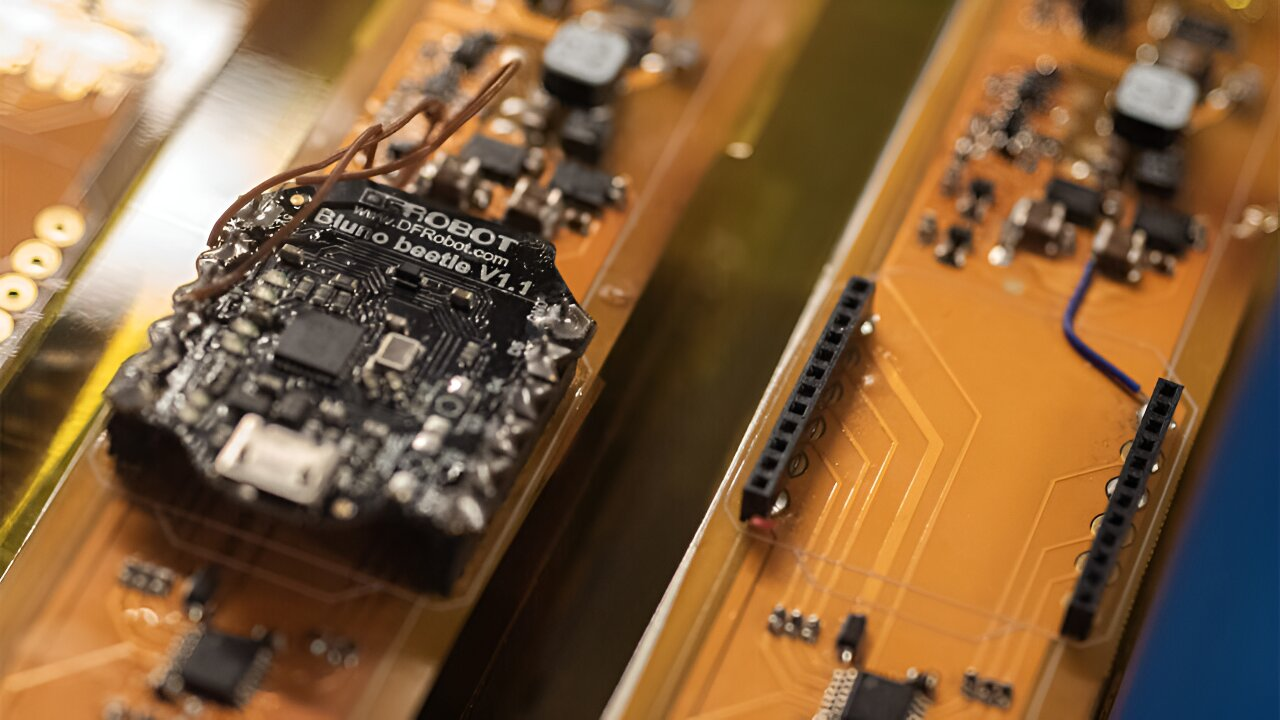Inch by Inch: Revolutionizing Soft Robotics for an Energy Efficient Future
Soft robotics, a field that focuses on designing flexible and lightweight robots, is poised to revolutionize various industries, from healthcare to space exploration. These robots, unlike their rigid-bodied counterparts, offer unique advantages, including enhanced adaptability and safety. However, engineering soft robots comes with its own set of challenges. A team of researchers from Princeton University has recently made a significant breakthrough in this field by developing a flexible and energy-efficient soft robot that moves without the use of legs or rotary parts. This groundbreaking innovation, known as the eViper, holds tremendous potential for making robotic systems more energy efficient in the future.
The Rise of Soft Robotics
Soft robotics is an emerging field that has gained significant attention in recent years. Unlike traditional robots with rigid bodies, soft robots are made from flexible materials that mimic the characteristics of living organisms. These robots offer several advantages, including the ability to navigate complex environments, interact safely with humans, and perform delicate tasks with precision. Soft robots have the potential to revolutionize various industries, such as healthcare, manufacturing, and exploration.
The Challenges of Engineering Soft Robots
While the potential of soft robotics is vast, designing and controlling these robots present unique engineering challenges. Unlike rigid-body robots, soft robots require careful consideration of their flexible bodies and the mechanisms that enable their movement. Traditional actuators, such as motors and gears, are not suitable for soft robots due to their rigid nature. Additionally, power consumption is a critical concern as energy efficiency plays a crucial role in the practical application of soft robots.
Introducing the eViper: A Leap Forward in Soft Robotics
The eViper, developed by a team of researchers from Princeton University, represents a significant leap forward in the field of soft robotics. This innovative robot moves without the use of legs or rotary parts and relies on actuators that convert electrical energy into vibrations. These vibrations enable the eViper to wiggle from point to point, all while consuming only a single watt of power. The eViper’s energy efficiency is comparable to that of land animals, making it a promising platform for developing highly efficient robotic systems.
Harnessing the Power of the Piezoelectric Effect
At the heart of the eViper’s design lies the piezoelectric effect, which allows the conversion of electrical energy into mechanical energy. The researchers incorporated advanced power electronics designs, embedded sensors, and control systems to create a fully untethered soft robot. By carefully timing pulses, the eViper’s flexible body bends in different directions, enabling controlled and precise movement. This breakthrough paves the way for future advancements in electrical, mechanical, and power co-design, maximizing energy efficiency in robotic systems.
A Scalable Platform for Untethered Modular Soft Robots
The eViper serves as a scalable platform for developing untethered modular soft robots. Its design allows for easy integration of additional modules, sensors, and actuators, providing flexibility and adaptability. This modular approach opens up countless possibilities for customizing soft robots to perform specific tasks in various industries. The eViper’s potential applications range from medical procedures to exploration in challenging environments.
Implications for the Future of Soft Robotics
The development of the eViper marks a significant milestone in the field of soft robotics. Its energy-efficient design and untethered capabilities address some of the key challenges faced by soft robots. With further advancements, soft robots like the eViper have the potential to revolutionize industries such as healthcare, where delicate and precise movements are required, or space exploration, where adaptability and energy efficiency are crucial.
Conclusion
Soft robotics is a rapidly evolving field that holds great promise for the future. The eViper, developed by Princeton researchers, represents a groundbreaking innovation in soft robotics, showcasing the potential for energy-efficient and highly adaptable robotic systems. By harnessing the power of the piezoelectric effect, the eViper demonstrates the possibilities of untethered modular soft robots. As soft robotics continues to advance, we can expect to see further developments that will shape the future of industries and open up new possibilities for human-robot interaction. The eViper is inching us closer to a more energy-efficient future in the realm of soft robotics.
